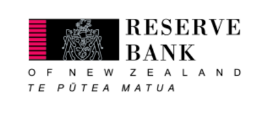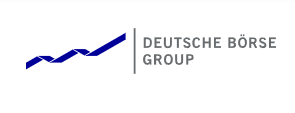Reserve Bank increases the Official Cash Rate
The Committee agreed that the OCR still needs to increase, as indicated in the November Statement, to ensure inflation returns to within its target range over the medium term. While there are early signs of price pressure easing, core consumer price inflation remains too high, employment is still beyond its maximum sustainable level, and near-term inflation expectations remain elevated.
Cyclone Gabrielle and other recent severe weather events have had a devastating effect on the lives of many New Zealanders. It is too early to accurately assess the monetary policy implications of these weather events, given that the scale of destruction and economic disruption are only now becoming evident. The timing, size, and the nature of funding the Government’s fiscal response are also yet to be determined.
The Committee’s current assessment is that over coming weeks, prices for some goods are likely to spike and activity will be weaker than previously expected. Export revenues will be negatively impacted. Monetary policy is set with a medium-term focus, and the Committee will look through these short-term output variations and direct price effects. In time, the infrastructure and community rebuild will add to activity and inflationary pressures, especially given existing capacity constraints in the economy.
Internationally, core inflation remains high and inflationary pressures remain broad based. However, the outlook for global economic activity in 2023 remains subdued, which is acting to lower global consumer pricing pressures, as well as demand for New Zealand’s key commodity exports. Continued growth in services exports will provide some export revenue offset.
Domestically, demand remained robust through 2022 underpinned by resilient household spending, construction activity, government spending, and a swift recovery in international tourism as the border reopened. Labour shortages remain a significant constraint on economic activity, contributing to heightened wage inflation. People are moving jobs at an elevated pace, consistent with labour shortages and strong demand.
While there are early signs of demand easing it continues to outpace supply, as reflected in strong domestic inflation. The Committee agreed that monetary conditions need to tighten further, as indicated in the November Statement, so as to be confident there is sufficient restraint on spending to bring inflation back within its 1 to 3% per annum target range. The Committee remains determined to achieve its Monetary Policy Remit.
More information:
Download the Monetary Policy Statement for February 2023 (PDF, 6.5 MB)























































First, please LoginComment After ~